More than three years after demolishing a block of flats in the West End, Dundee City Council has been unable to do anything with the empty site.
The flats at 219-245 Blackness Road were knocked down because their external stairwells were in poor nick. They needed replaced at an estimated cost of £880,000 – £1.2 million.
Instead of saving the flats, the council opted to buy back the ones that were owned privately, knock everything down, and planned to build 24 new apartments at an estimated total cost of £4.5 million.
It now emerges that the increased cost of materials has pushed the price well above the initial estimate and the council is hoping to interest a developer to build on the site.
If or when they do build on the site my bet – although I won’t be around to see it – is the new flats will be demolished long before the 130-year old buildings around them need to be torn down.
Built to last
That’s because new timber frame buildings have an expected lifespan of just 60 years. Dundee’s old tenements, meanwhile, were built to last. Their sandstone walls are 600mm thick. They have slate roofs. They use real timber, not MDF or plywood. They’re built like tanks.
And yet we have such disregard for them. I was enthralled by my friend and colleague Graeme Strachan’s article this week on Carbet Castle.
The gothic mansion was one of Broughty Ferry’s landmark buildings for more than 120 years until it was allowed to fall into ruin and eventually demolished in 1984. An uninspiring block of ‘90s flats occupies the spot where the castle once stood.
Graeme’s feature also mentioned Castleroy, another superb Broughty Ferry mansion. We blew that one up with dynamite in the 1950s.
Dundee West Railway Station and the Royal Arch are probably the two most famous examples of Victorian architecture we’ve needlessly done away with.
Thankfully much of it remains. And because of its incredible build quality most of it is still in decent shape. The other remarkable thing about Victorian architecture is that you don’t need to be rich to own a slice of it.
An apartment in a converted Broughty Ferry or West End jute mansion will set you back a fair whack, sure. Victorian villas can be expensive too. Yet flats in stone built Victorian tenements with high ceilings and ornate cornicing can cost less than £50,000. A nice two-bedroom one can be had for well under £100,000.
Looking after our heritage
But they’re all around 120-150 years old now. And most of them are in danger because we don’t look after them.
Take a look upwards next time you’re walking through Dundee. How many tenement blocks have choked gutters? Shrubs growing from chimney breasts? Swathes of wetness where water is allowed to flow down stone?
I would love for the new leader of Dundee City Council to tackle this. Charge every owner-occupier an extra £5 a month council tax. And charge landlords the same amount when their licence is up for renewal. That avoids passing on the cost to hard-pressed renters.
It’s a tiny amount but in a block of eight flats it amounts to almost £500 a year. That’s more than enough to clean the gutters and replace missing slates every two years, with enough left over to save up for bigger jobs.
You could repoint the stonework every 50 years and renew the roof every 100 years. Economies of scale make it much cheaper for the council to spearhead this work.
It costs a lot less for a cherry picker to clear an entire street’s gutters than it does for every block to arrange theirs piecemeal.
A fiver a month and a bit of political effort. That might be all it would take to secure Dundee’s wonderful tenement flats for centuries to come. And if one council shows it can be done successfully, others will follow.
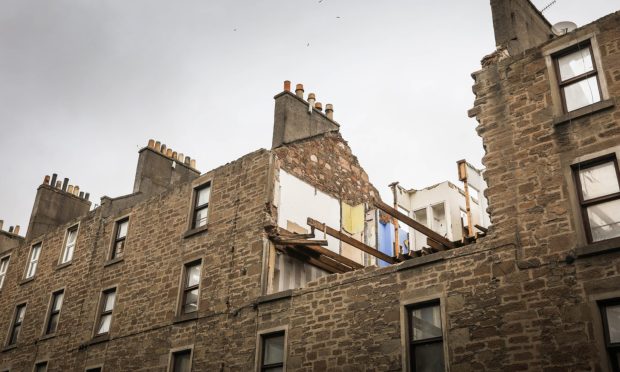
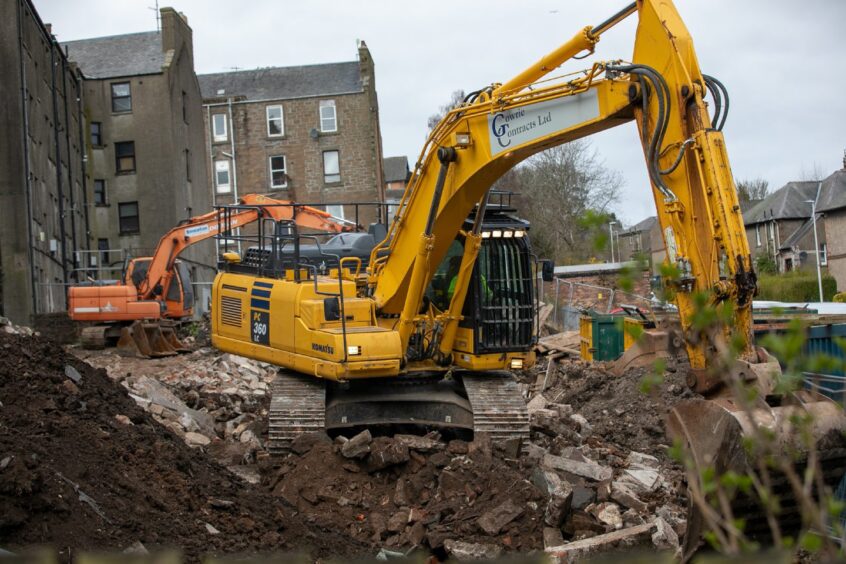
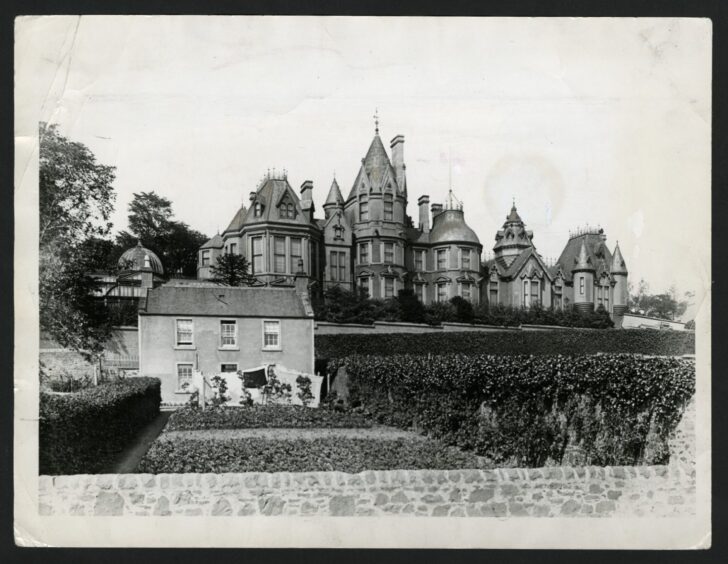
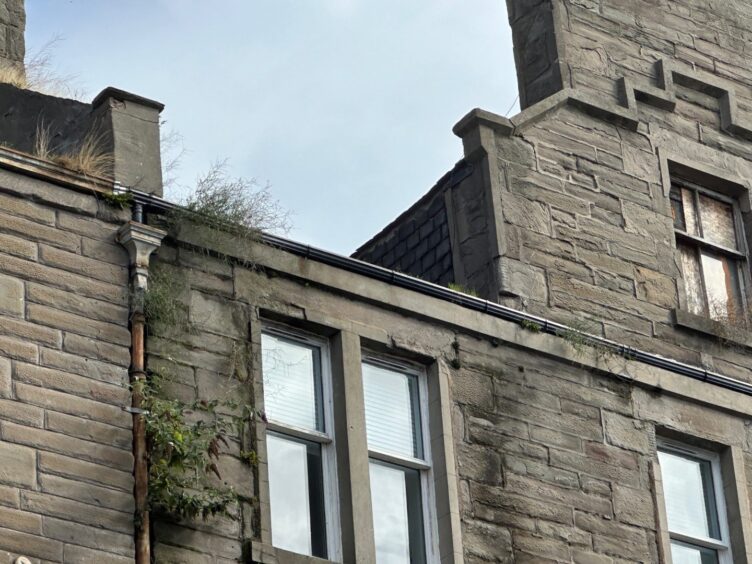
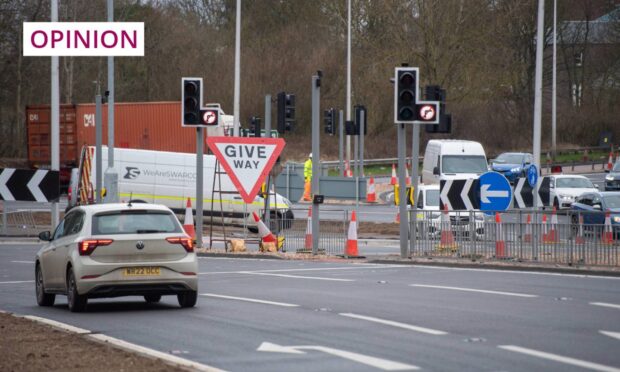









Conversation